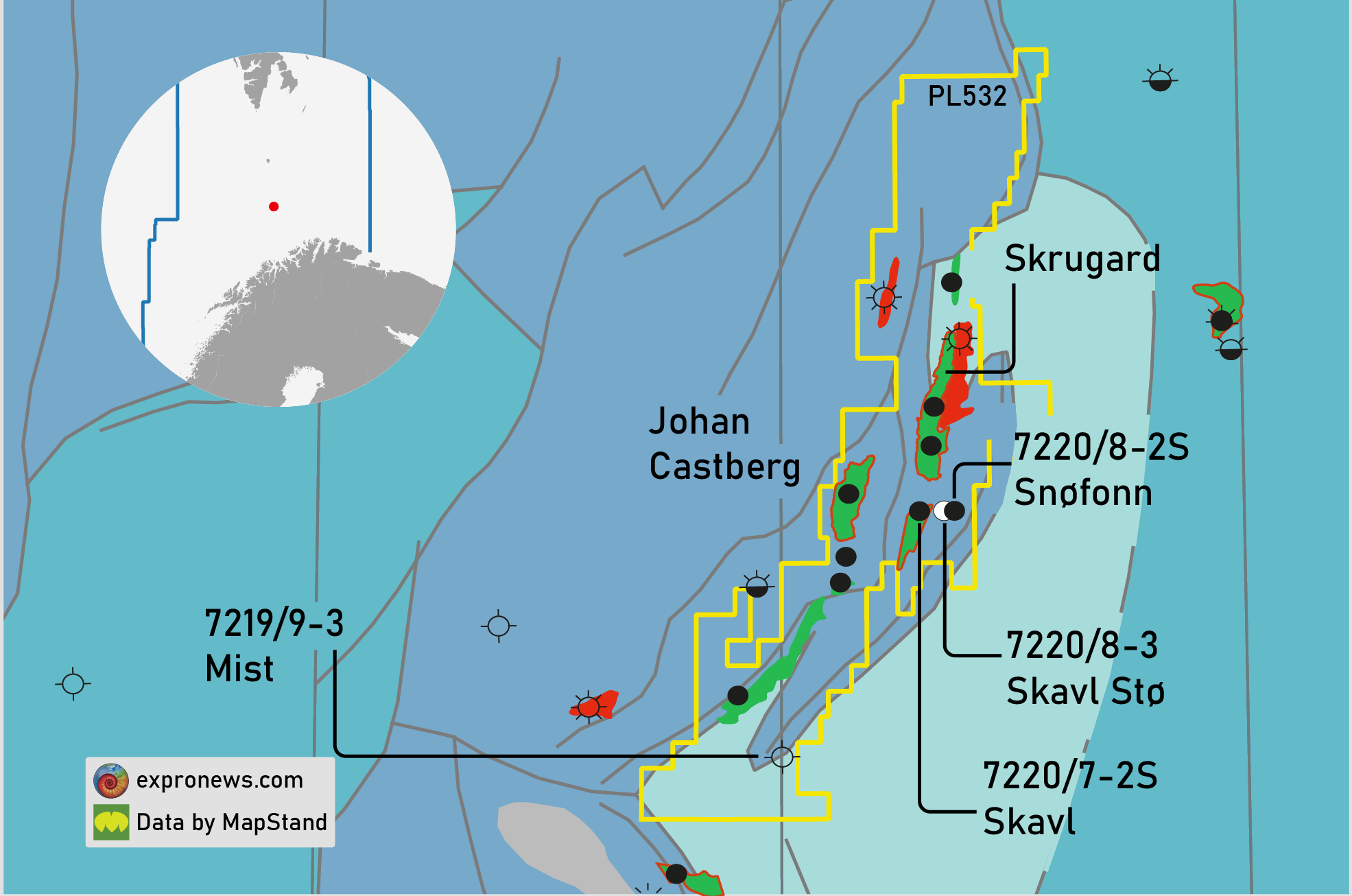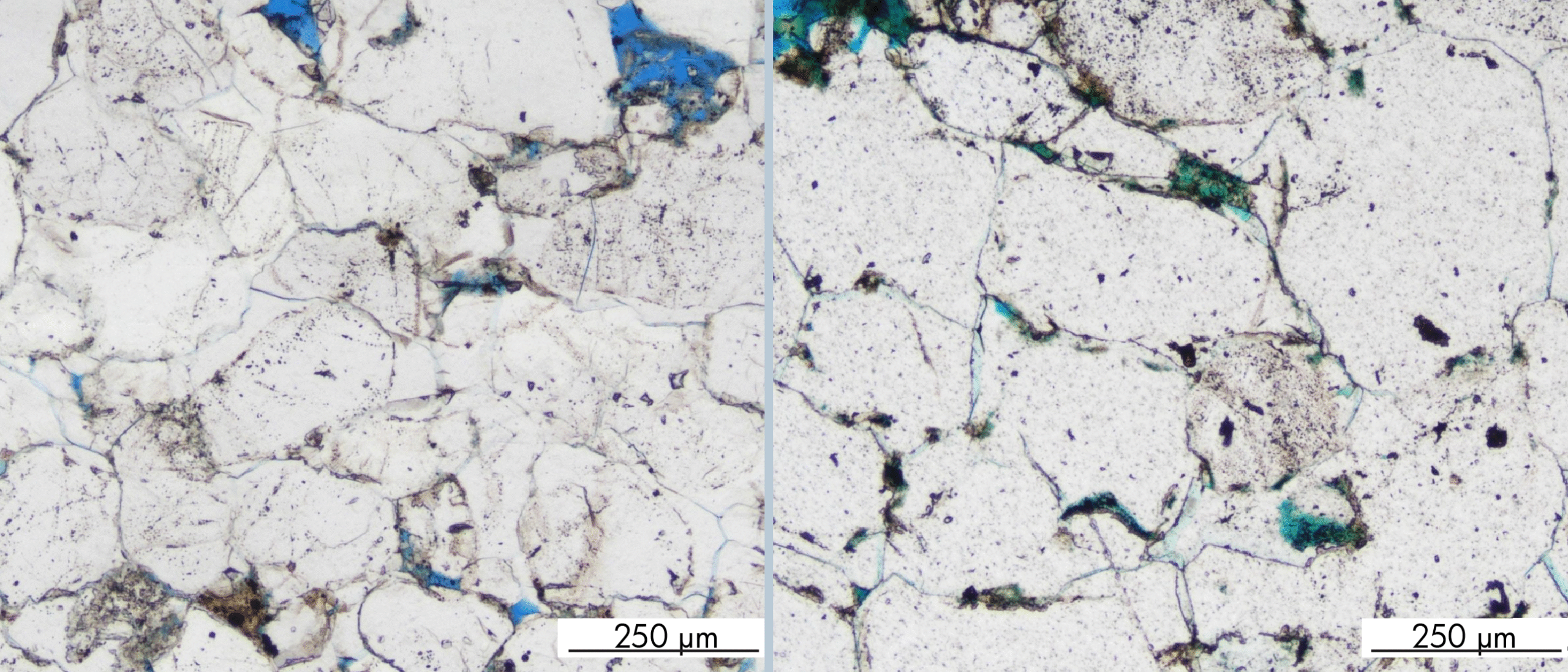Last week, Equinor announced the discovery of oil in the Snøfonn prospect just east of the Skavl find in the Johan Castberg cluster. It was the first discovery after a while in the Barents Sea, which has not seen much success in recent years when it comes to frontier exploration.
Attend the NCS Exploration – Recent Discoveries Conference, taking place 8 & 9 June in Oslo, and hear the story about the Snøfonn Nord discovery from Equinor.
You will also hear more about: Toppand, Apodida, Røver Nord, Dugong Tail, Segment D, Hamlet, Rolvsnes, King/Prince, Wisting, Salina, Bask, Rødhette, Isflak, Skavl, Culzean (UK), Mugnetind, Lyderhorn, Gomez, Tyrihans Ile North, Warka, Bergknapp & Fenja.
In addition, there will be talks about frontier exploration in the Norwegian Sea, a debate on source rocks and implications on hydrocarbon generation and much more.
Kindly provided by CGG, the east-west seismic section below nicely shows the fault blocks drilled in the Skavl-Snøfonn area. It is interesting to see that the 7220/7-2S well (Skavl) was drilled first, as it is in a more downdip position than the two prospects to the east.

While Equinor is now drilling the Skavl Stø prospect, there may be other drilling opportunities further to the south as well. This is at least suggested by an EM line kindly supplied by EMGS, as shown below. The line clearly shows EM resistive anomalies near Skrugard, Snøfonn and Skavl. Further south, the line also intersects the dry Mist target that was drilled last year in an area that does not show an EM anomaly. On that basis, Mist was predicted by EMGS to be dry prior to completing the well.

However, it can be seen that mid-way between Mist and Skavl another anomaly is present, albeit not as strong as the ones in the north. Could this be a next target to prove more near-field volumes around Johan Castberg?
HENK KOMBRINK





